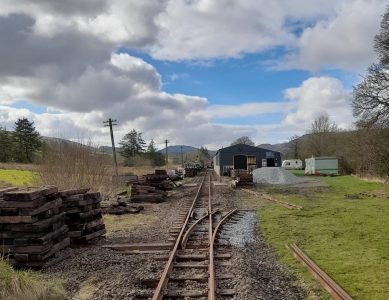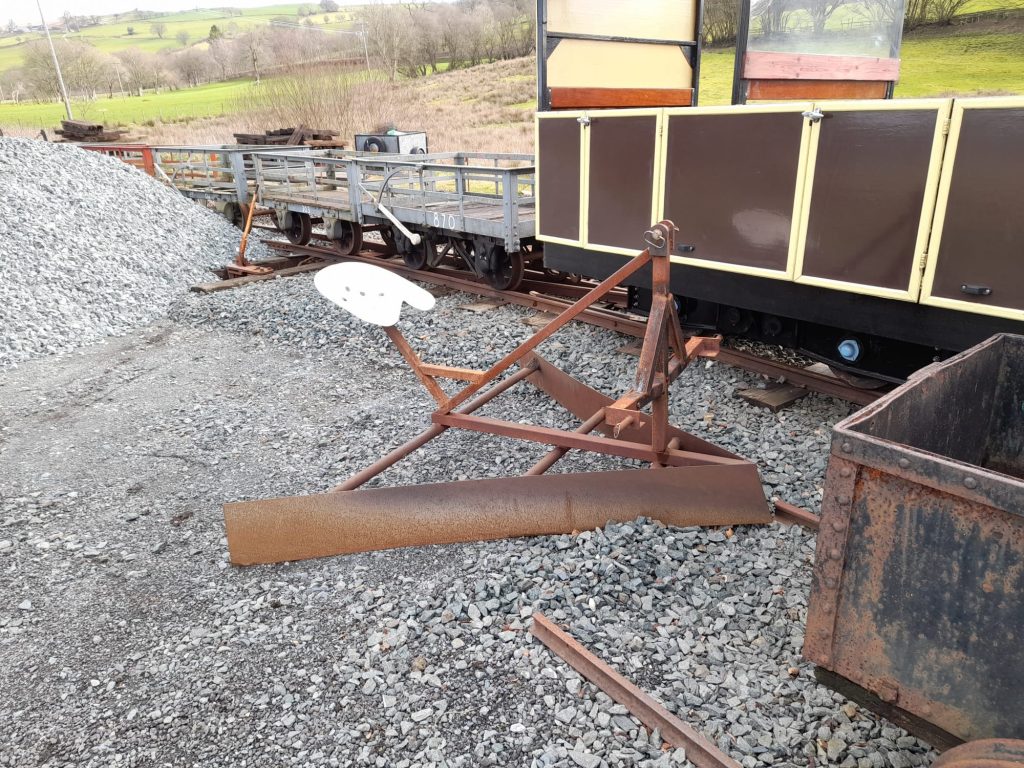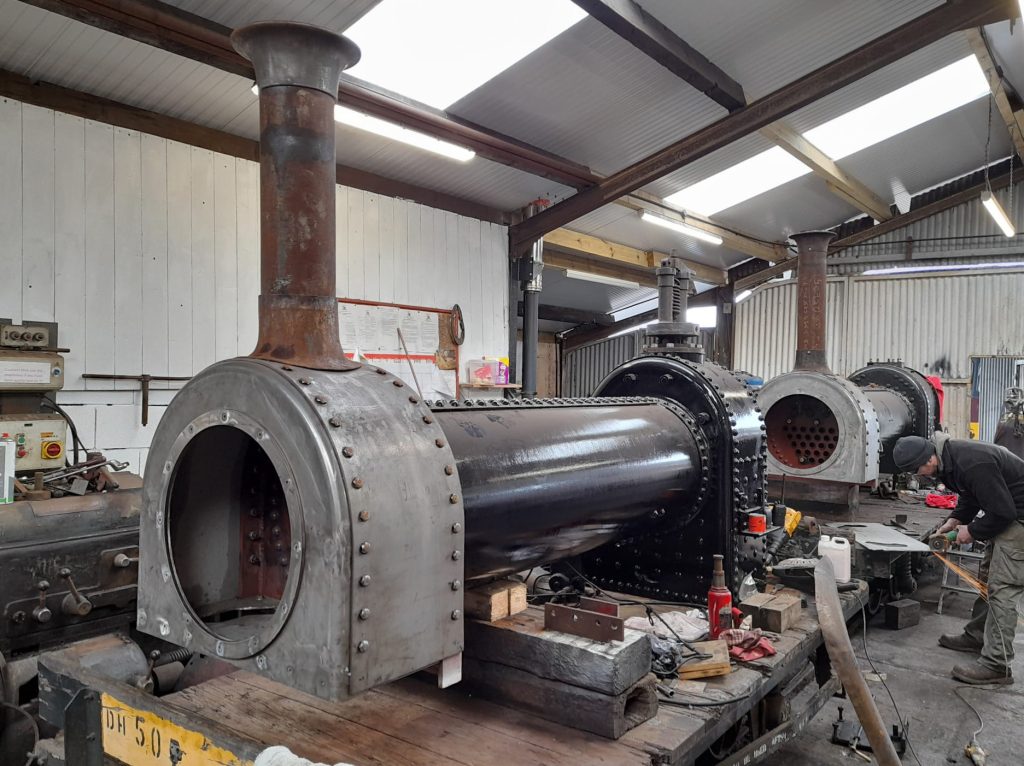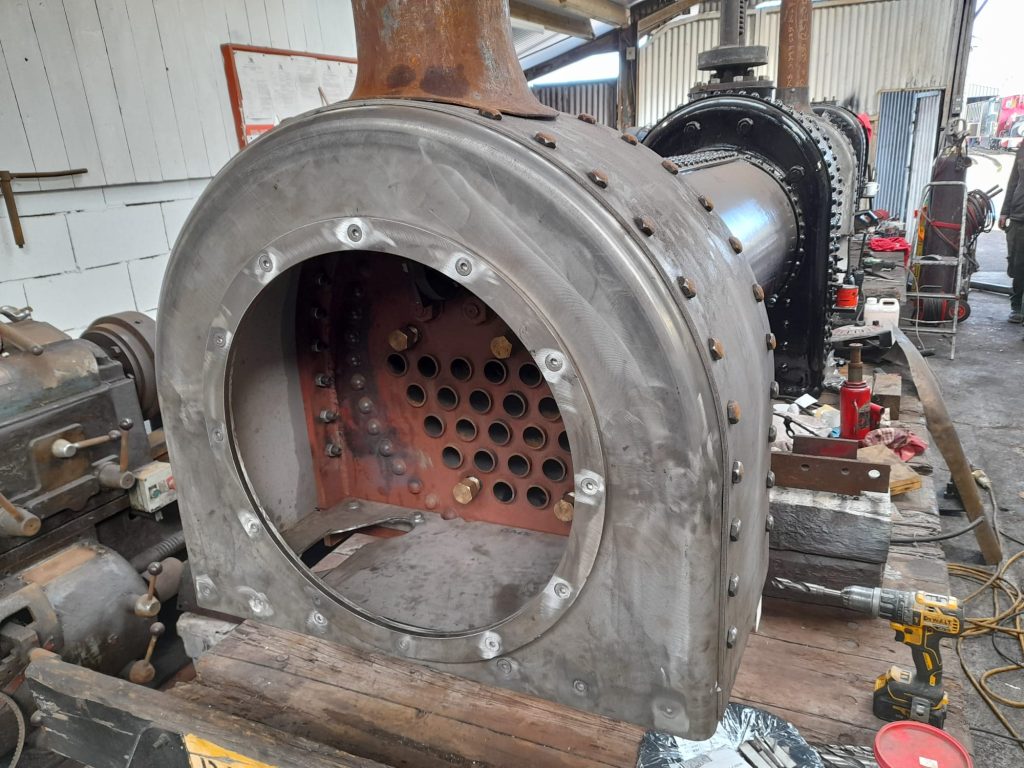NEWS UPDATE No. 118
In spite of the huge amount of work involved in completing the track refurbishment in Llanuwchllyn station and other sections during the month, the BLR ran trains for nine days in February, culminating in the (slightly early) St David’s Day specials on the 26th which were fully booked before the day. This day is always special as locals, upon presentation of paperwork, can travel free and for others, there are reduced rates. The final figures for the month were eye-opening to say the least - no less than 68% up on last year and 17% up on the previous best in 2016. The dates of the half-term breaks can vary but this year they certainly worked in the railway’s favour. General Manager David Jones commented succinctly, “It is a most positive and buoyant start to the season”. Regular services start on Saturday 1st April.
In the meantime, and on the basis of Around and About the Railway, there is always a lot happening. Carriage no. 10 is in the workshop having been stripped down to the basics. As with some of her sister carriages before, no. 10 will be completely rebuilt with new panelling, safety upgrades and revised doors with openings on both sides in anticipation of arriving at the new terminus in Bala. As the photo shows, there is much to do but the engineering team have done several carriages before so they are getting rather well practiced at the job!
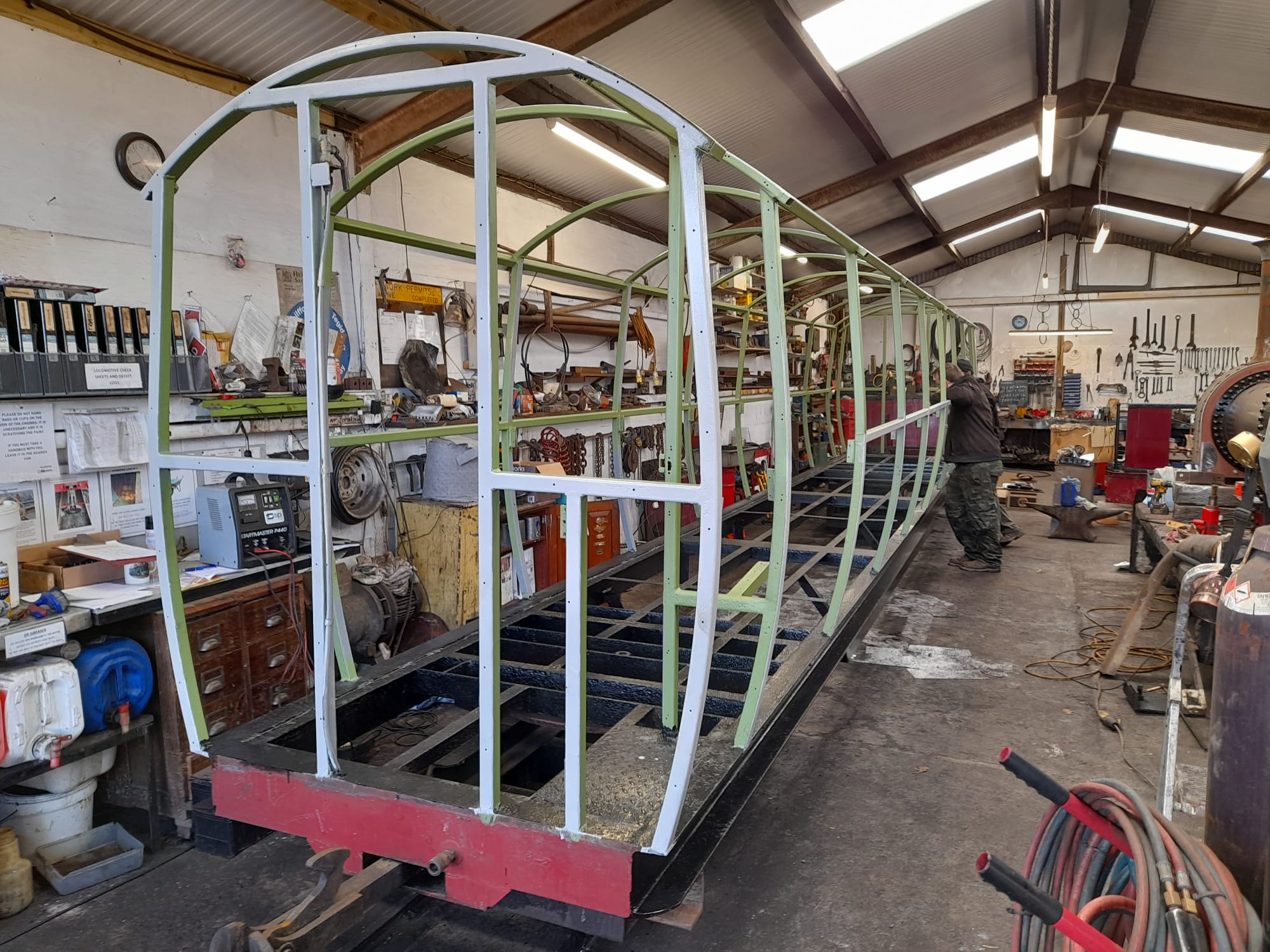
As two other photos show, the new point-work to the east of the Heritage Centre is in place (and locked) with spare ballast at the ready for any further requirements during the year. We also show one of the BLR’s ingenious home-made ballast ploughs which is towed behind a tractor after the rails and sleepers have been lifted. It is that simple and we have a second plough, this time towed behind a loco, which puts the ballast back in place.
Those with an eagle-eye commented on social media that during the track engineering, our maid-of-all-work diesel Bob Davies, (aka Trigger), was absent from photos and our smaller Ruston & Hornsby Lady Madcap was prominent. Trigger and the works trains had been parked beyond the other end of the section being re-laid in case there was a need to attend to anything further down the line. While on the topic of diesel locos, our other R&H Chilmark is currently ‘resting’ with a recalcitrant starter motor.
Apart from the mammoth task of completely renewing the track-work in Llanuwchllyn, essential maintenance took place near the little halt at Pentrepiod where the rails had previously moved slightly in very hot weather. Here, one of the rails was taken out and the rails either side were ‘stretched’. The previously fitted sliding joint was removed, all fishplates were greased, after which a block and tackle was used to pull the rail gaps apart and then the rail that had been taken out was cut to fit. This is a job best done in the cold winter temperatures as the gaps decrease with warmth. After this, the rails were slewed back in to position, the ballast repacked and tamped with our wonderful machines, and a 5mph speed limit imposed (standard railway practice) so that the varying harmonics of a 6 ton loco followed by lighter coaches and differing wheel formations could do the final gentle smoothing of the ballast. Exactly the same procedure was used beyond Llangower after the November track relaying, and again at Llanuwchllyn after the January relaying.
March will see other no less important items attended to before the start of the season. Just prior to the turn of the month, an old gate at the bottom of Dolfawr Bank needed renewing along with the gate post, this being an old sleeper, which proved to be a far from easy job and took a vast amount of leverage (and language) to extract, such was the depth to which it had been originally installed.
Progress on the rebuilding of Alice and Holy War after their 10 year strip-downs continues apace and we show the new stainless steel smokebox floors being fashioned and fitted. This is a perfect match as the smokeboxes on both locos are now stainless steel too, the intricate detail employed in getting these large pieces of metal to fit perfectly being a real delight to watch. The BLR engineers make it look so easy. The only downside was that all the noise prompted our railway cat, Marian, to seek quieter climes elsewhere.
As if the smokeboxes were not time-consuming enough, the issue of the brass covers/shrouds for the back-heads produced a degree of eyebrow-lifting amazement. These aesthetic and charming panels are to offer some protection for the footplate crew from the heat and have to be shaped around the multi-face curvature of the back-head, a very tricky job working in multiple planes. Interestingly, a quote was sought from a highly respected classic car restorer locally who has a well-deserved reputation for excellence in fettling the bodywork of exotic machinery but, unfortunately, the quote reflected his status and prowess (it was very expensive) and was politely declined. (It is interesting that hidden in the local valleys around Bala are several companies like this as well as the firm making the boiler for the Avonside loco which will run on BLR metals one day). The engineering team wasted no time and decided to fashion their own wooden ‘formers’ so that the necessary brass panels could be fashioned by hand ‘in house’ using special panel-beating flat head hammers, as in the golden days of automotive coachbuilding, but in this instance, the hammer heads will wear thin leather pads to ensure the smoothness of the brass. Artistry!
We show a photo of the ‘new’ boiler of Dorothy, another addition to the BLR fleet. In spite of appearances, the boiler is about the most tangible part of this 1899-built Bagnall loco, the last of three ordered by Mr. JW Greaves, the owner of the Llechwedd quarry just to the north of Blaenau Ffestiniog. The other two locos of this order were Edith, built in 1890, and Margaret, built in 1895, all three being named after the owner’s daughters.
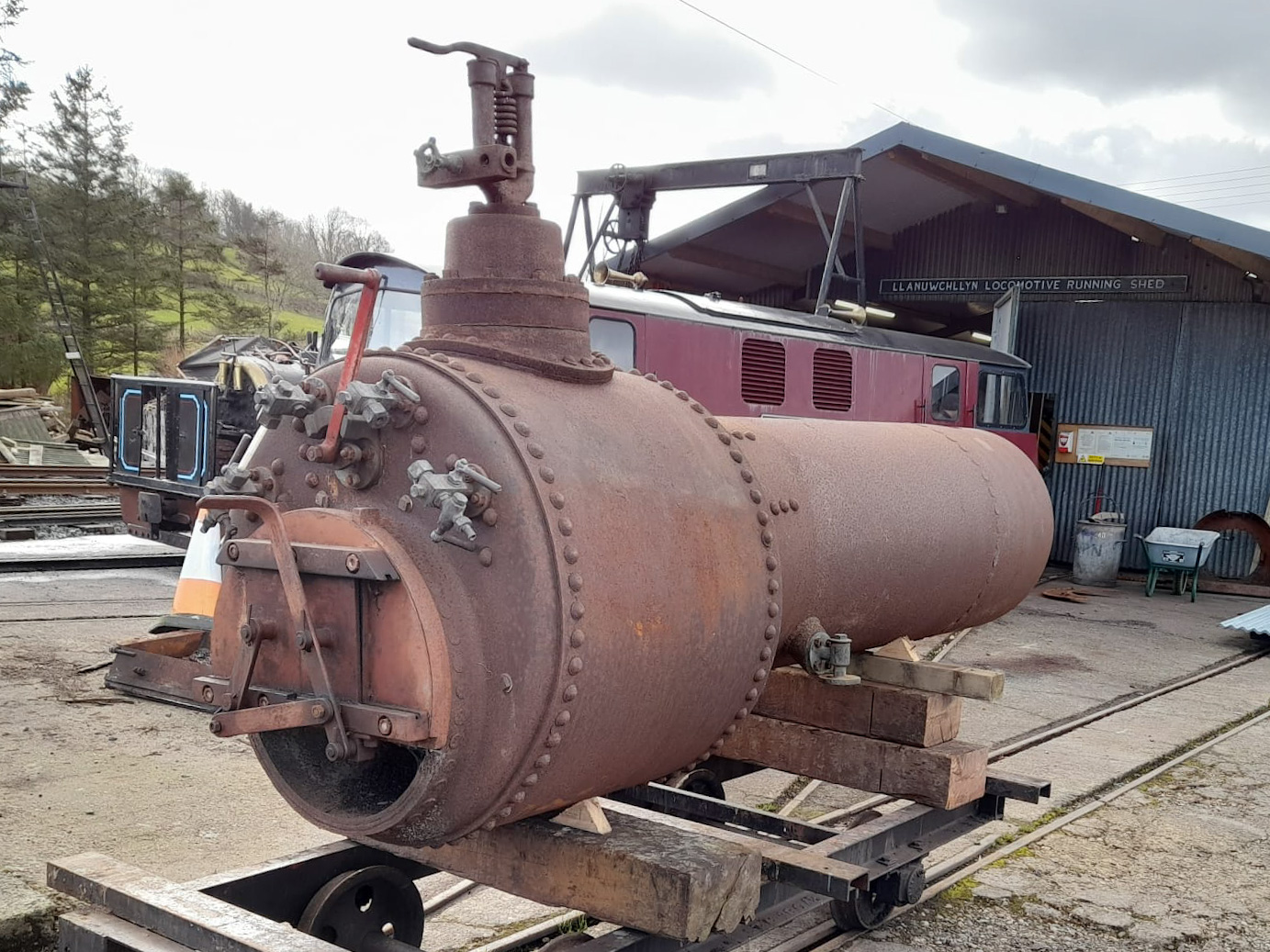
Dorothy worked until 1928 whereupon she was stripped down with the aim of converting her to electric motion like her sisters, in the process altering them to an unrecognisable state. Curiously, Edith was renamed The Coalition and Margaret became The Eclipse. Dorothy remained a pile of bits with the old boiler, motion and cylinders later scrapped but it is not known why the third conversion never happened. Incidentally, the overhead-wire electrification of Edith and Margaret at that time was considered quite an innovation and both electric locos worked into the 1970s. Today, they can both be seen at the Statfold Barn Collection near Tamworth.
Equally of interest is just how Dorothy ended up at the Bala Lake Railway. What remained of her was purchased in 1973 and moved to Gloddfa Ganol, quite close to Llechwedd. She subsequently remained in the same family for many years, living for a period on a farm! However, the owners decided that she should ‘live’ again and her frames were brought recently to the BLR (visible in our Heritage Centre) along with the new boiler, the only problem being that the relevant paperwork for the boiler, which was constructed back in 2002 before more stringent testing regulations came into force, is still being sought. Once the paperwork is found, the long hard task of getting Dorothy back into steam again will get under way.
And finally……. there is truth in the adage; ‘Grab a seat where and when you can’. We have featured our perennial volunteer Liz Partridge numerous times over the years and she is always willing to help out. Our photo shows her in contented mood and finely finishing a tiny piece of linkage while seated on the Avonside’s wheels/axles which incidentally have already been refaced and the main journals turned in anticipation of being refitted to its frames one day.
Looks can be deceptive but, surprisingly, the round axles proved to be quite comfortable!



